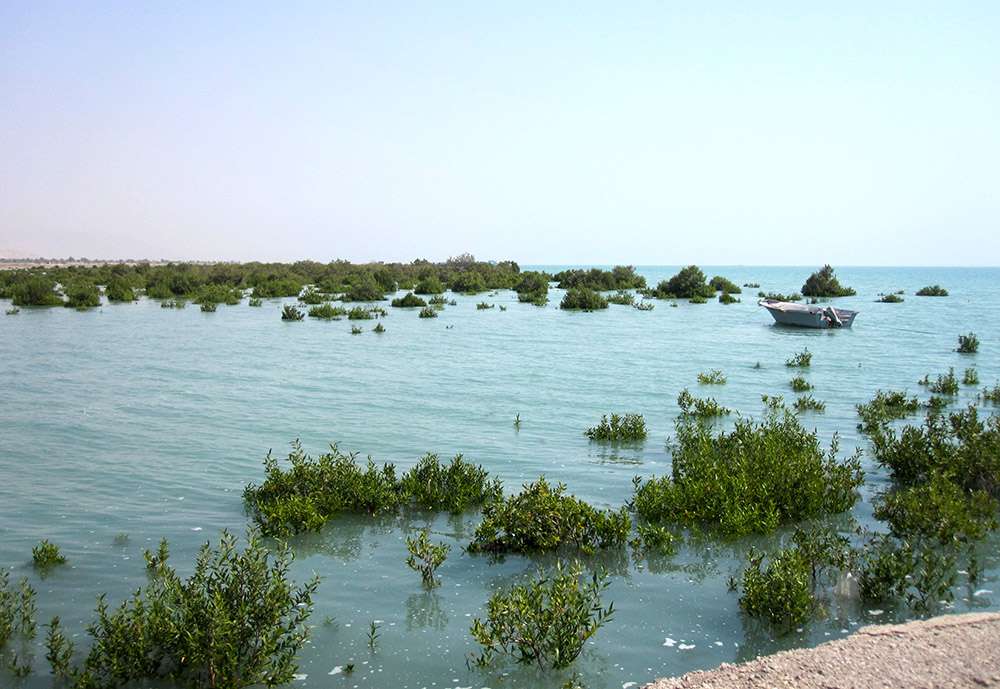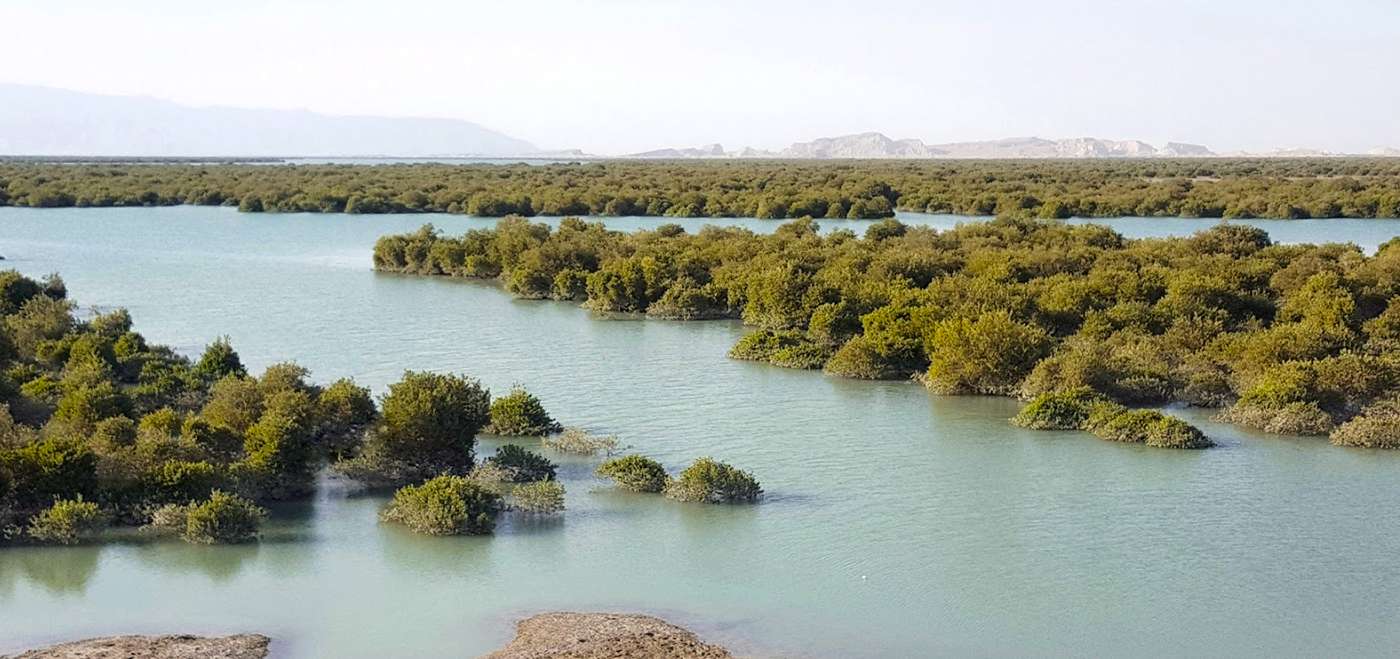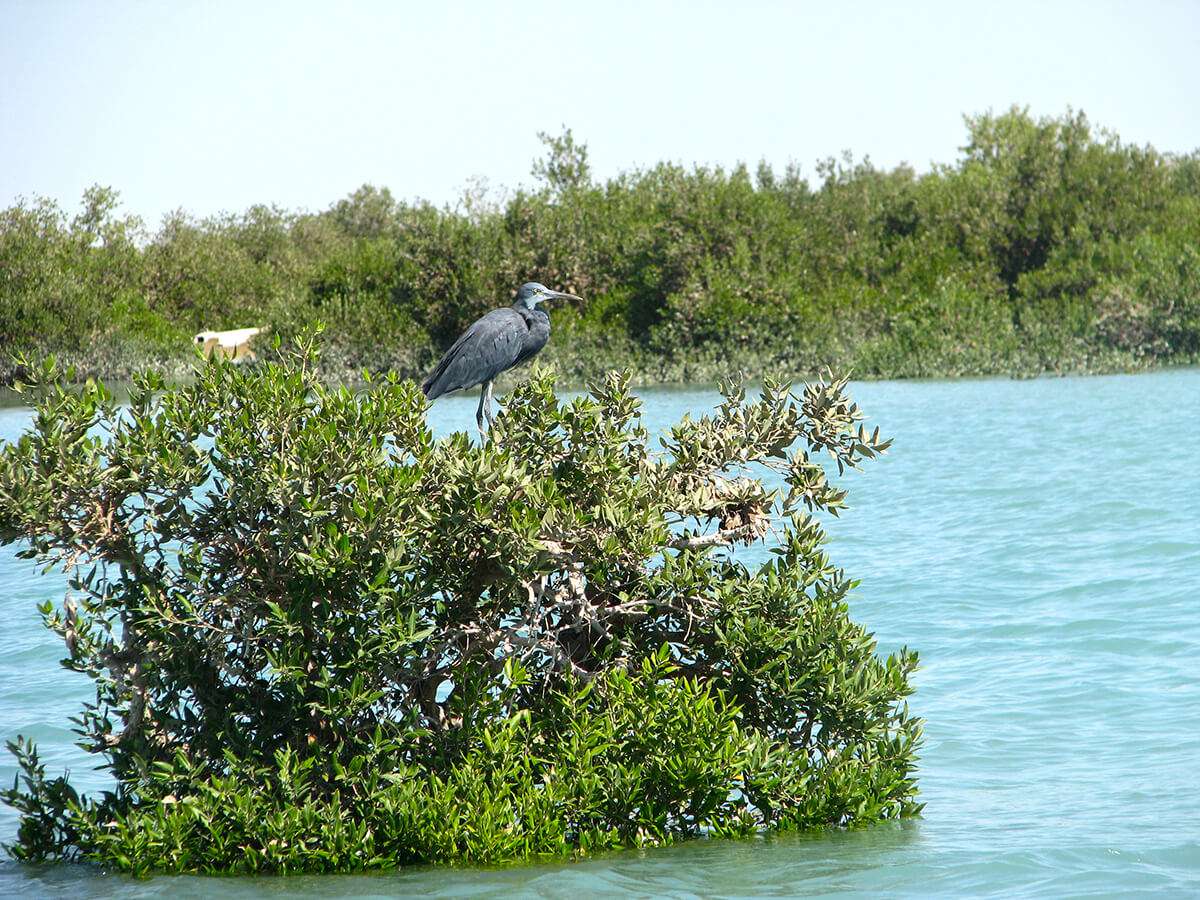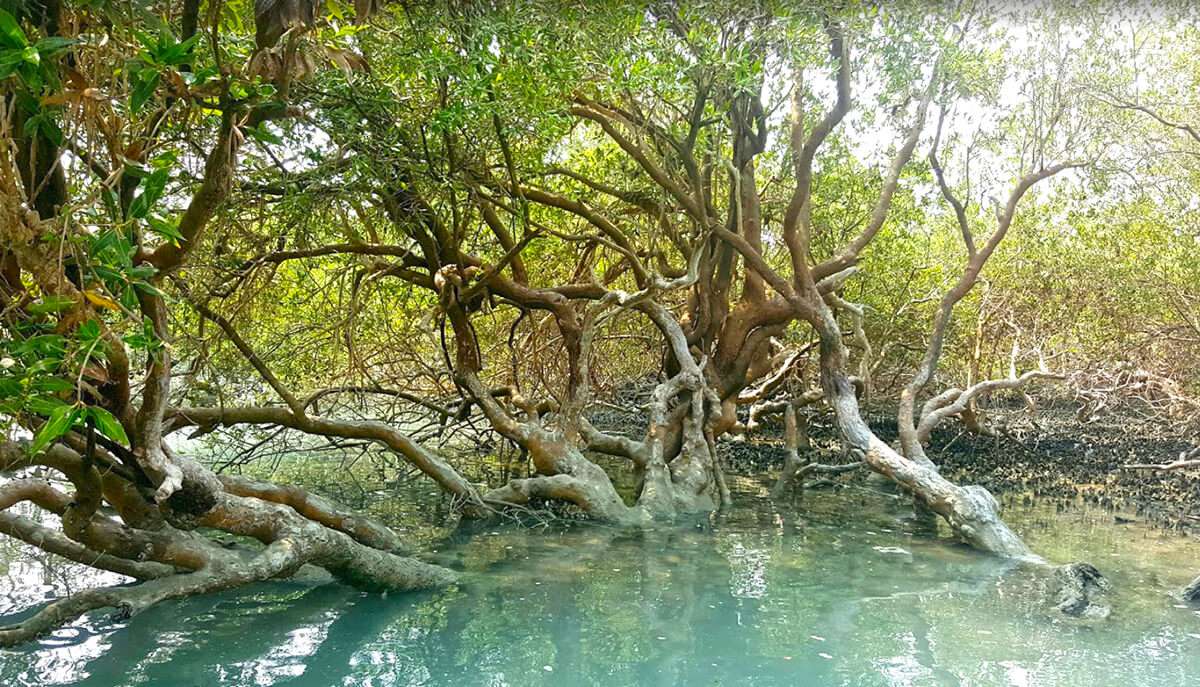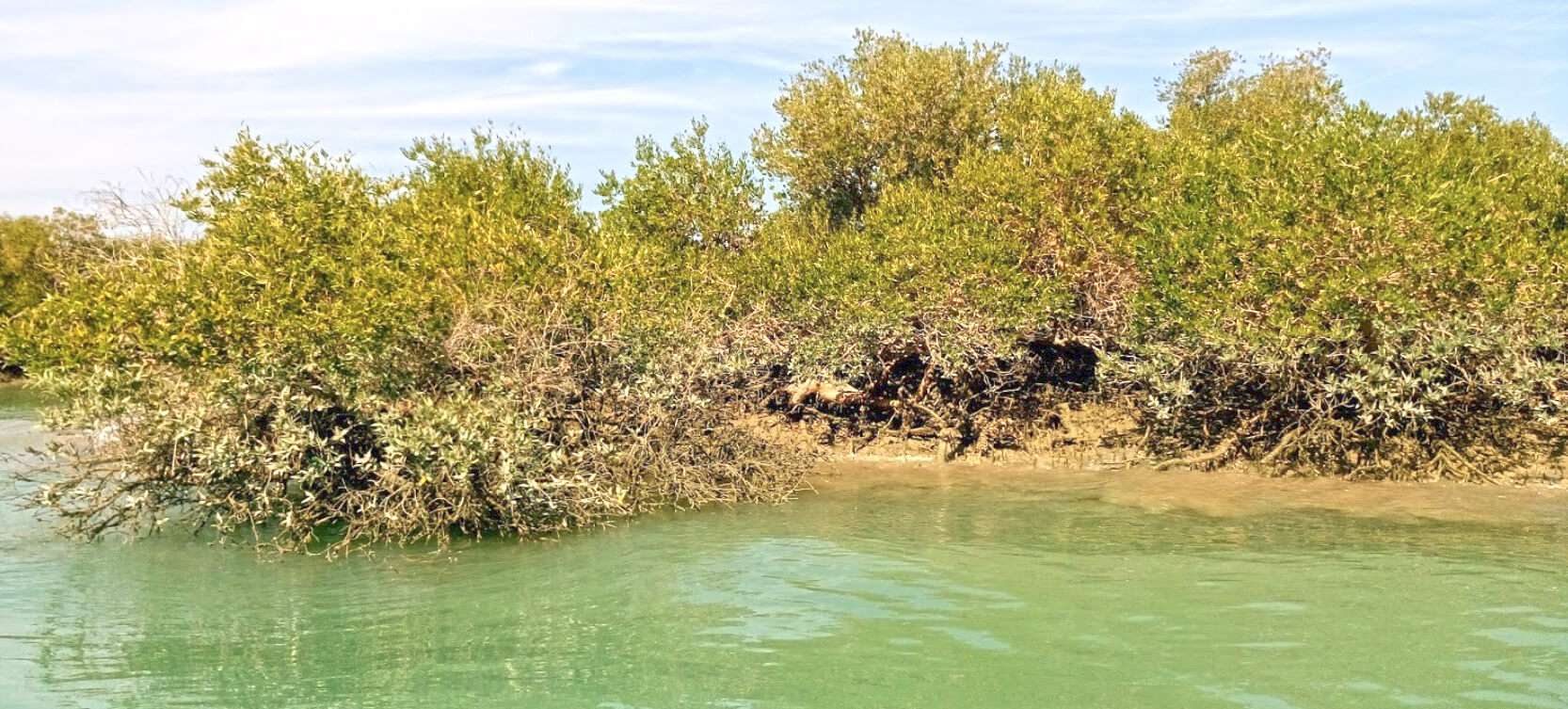Hara Forest
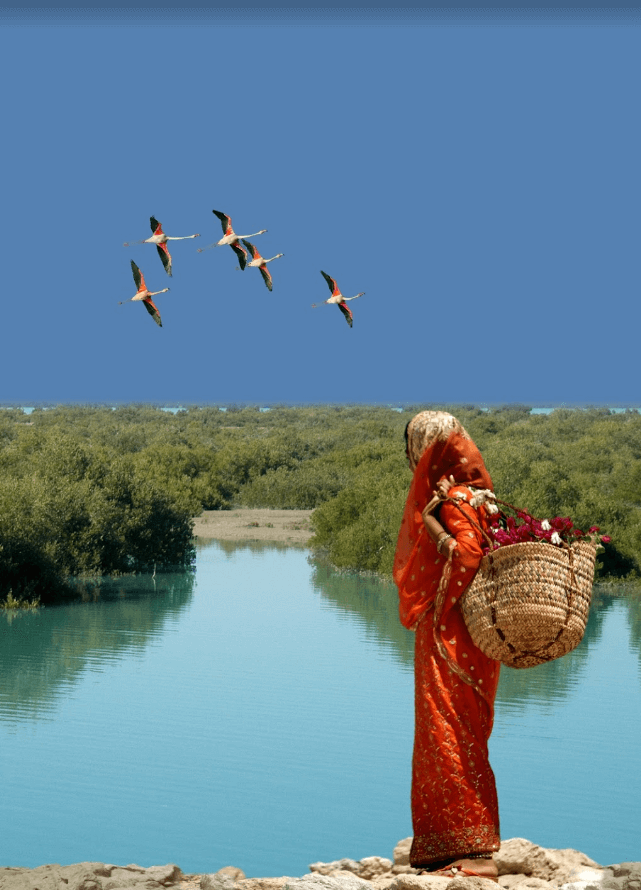
- Visiting
Hara Forest in Qeshm
- ThemeNature & Adventure
- CodeIRSG2167
- Duration2 hr(s)
- Websitewww.mangrove.ir
- Tell09177608646
Visiting the Green Gold in Qeshm Island.
- Spring
- Summer
- Autumn7:00-19:00 *
- Winter7:00-19:00 *
* Best Time
Photos of the Hara Forest
Explore the Hara Forest
The mangrove forests of Qeshm or Hara forests are among the wonders of Qeshm Island, located in the Strait of Khavaran, between Qeshm Island and Hormuzgan Province, in the south of Iran. These forests are not specific to Qeshm Island, as they also extend to Port of Pohl, the Hormuz Island, and Khamir Port. Covering an area of about 2,400 hectares, the Hara Forest of Qeshm is the largest forest among Iran's 8 Hara forests. The Hara forests constitute a national protected area and an international lagoon, registered as UNESCO biosphere reserves.
Locally known as “Hara” or “Harra”, the scientific name of this mangrove plant is Avicennia Marina, after the great Iranian Physician and biologist (Abu Ali Sina or Avicenna). Some local people believe that the trees are a work of miracle created by the tears shed by Adam.
The Hara Forest has some exceptional features that exceed our common knowledge about forests with dense and congested trees. This is actually the home of salt-friendly 3 to 8 meters tall mangrove trees with external roots, which grow in tropical and sub-tropical coastal regions (rivers, estuaries, and bays). During the high tide, the trees get partially submerged in water, then reappear during low tide just for a few hours (for the exact tidal time refer to this site). All these ecological conditions also provide the best natural environment for some marine species such as reptiles, aquatic snakes, arthropods, fish species, and migratory birds including herons, flamingos, pelicans, and angler eagles.
Another wonderful fact about Hara Forest is the natural filtration system of the root of the trees which refine the salt water and produce fresh water, making the forest independent of freshwater. This property is formed by natural selection over millions of years.
These trees play a vital role for indigenous people in producing lumber, charcoal, paper pulp, honey, artificial silk, alcohol, and sugar. They also have medical and cosmetic uses.
Boating tour is very popular among tourists who want to visit the Hara Forest. Imagine riding a boat and moving in the turquoise-blue water of the Persian Gulf. In the beginning, everything is like a normal boat ride until you are surprised by a new landscape surrounded by trees floating on the water. In some main waterways, you may be astonished by the presence of dolphins swimming among the trees. Watch cautiously not to disturb the tranquility of the place so that you may be able to take a memorable picture from these playful animals or some beautiful birds nesting on top of some trees.
Important Information
Additional Info
- The best time to travel to Hara forests in Qeshm is during high tide (variant throughout the year).
• How to go
- No route across the land reaches the area. The best way is through the Hara Main Road somewhere between the Laft Port, Northeast of Qeshm) and Tabl Village (center of Qeshm).
- From a small pier called Soheili at the end of the Hara Road, boats take the passengers to the heart of Hara Jungle.
- The capacity of each boat is 6 individuals, including the helmsman and the tour guide. Every hour of boat riding costs 70000 tomans (around 7 euros ).
• Where to stay
- Take a break at Tabl village, where there are some indigenous houses to lodge in along with other facilities such as rest-room, souvenir shop, supermarket and accommodation near the pier.
- You can stay at Nakhoda Amini local accommodation in Tabl Village. Call 09177677601 for more information.
• Precautions
- Visit the forests in the company of a professional tour guide or expert seafarer as there are numerous sub waterways in the forest.
- Take sunglasses, sunscreen, light clothes and a sun hat with you.


